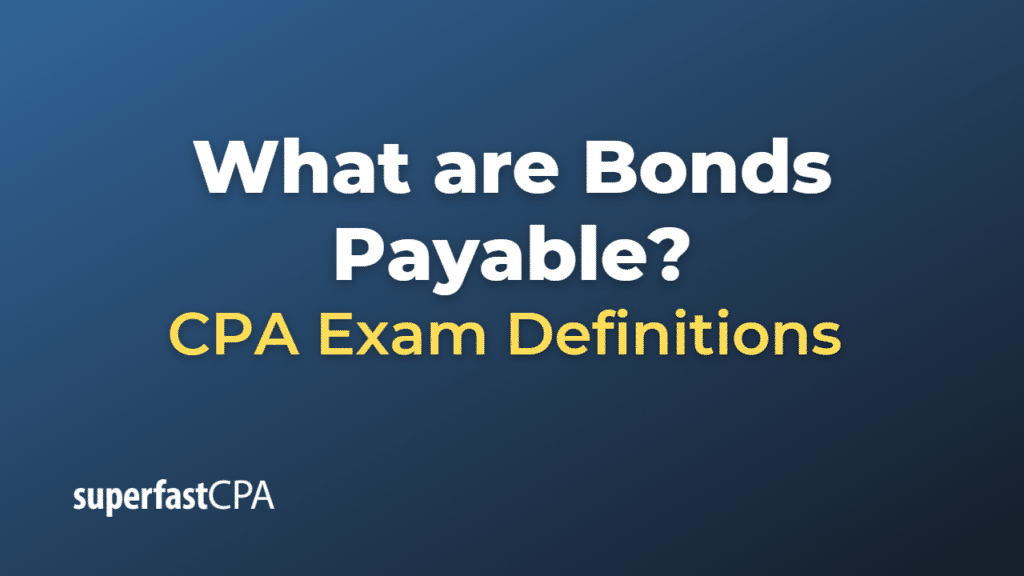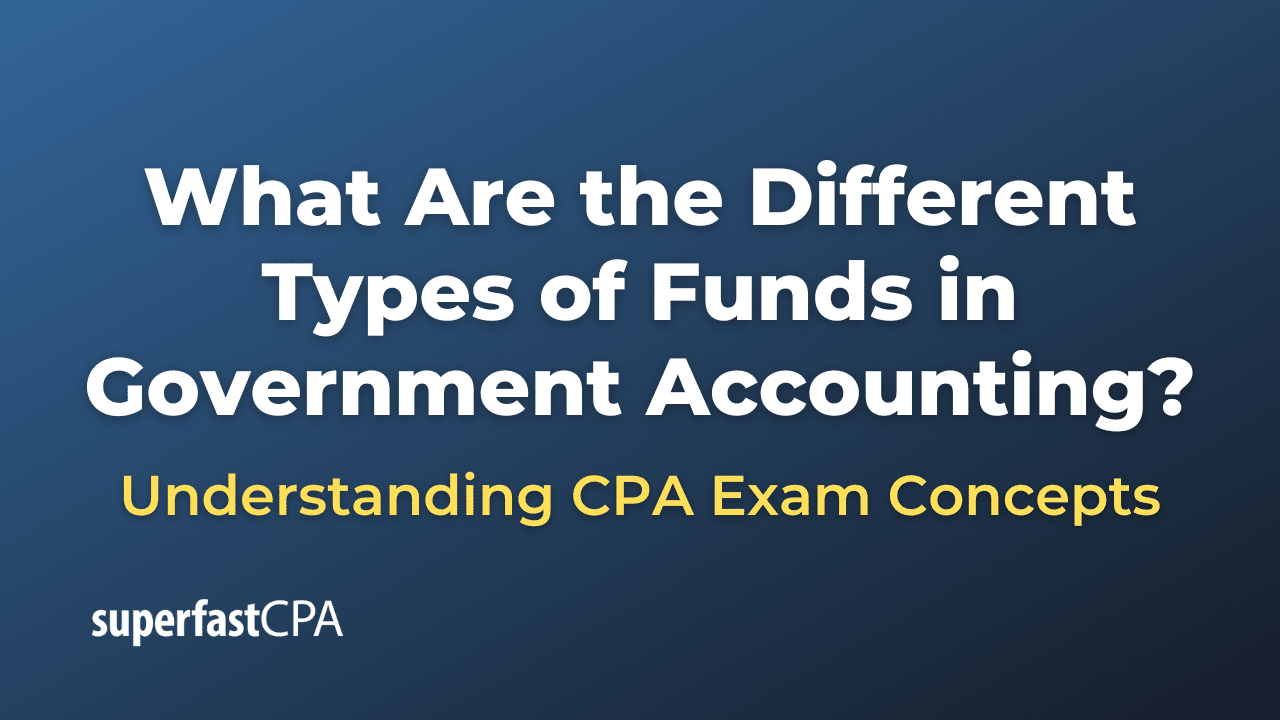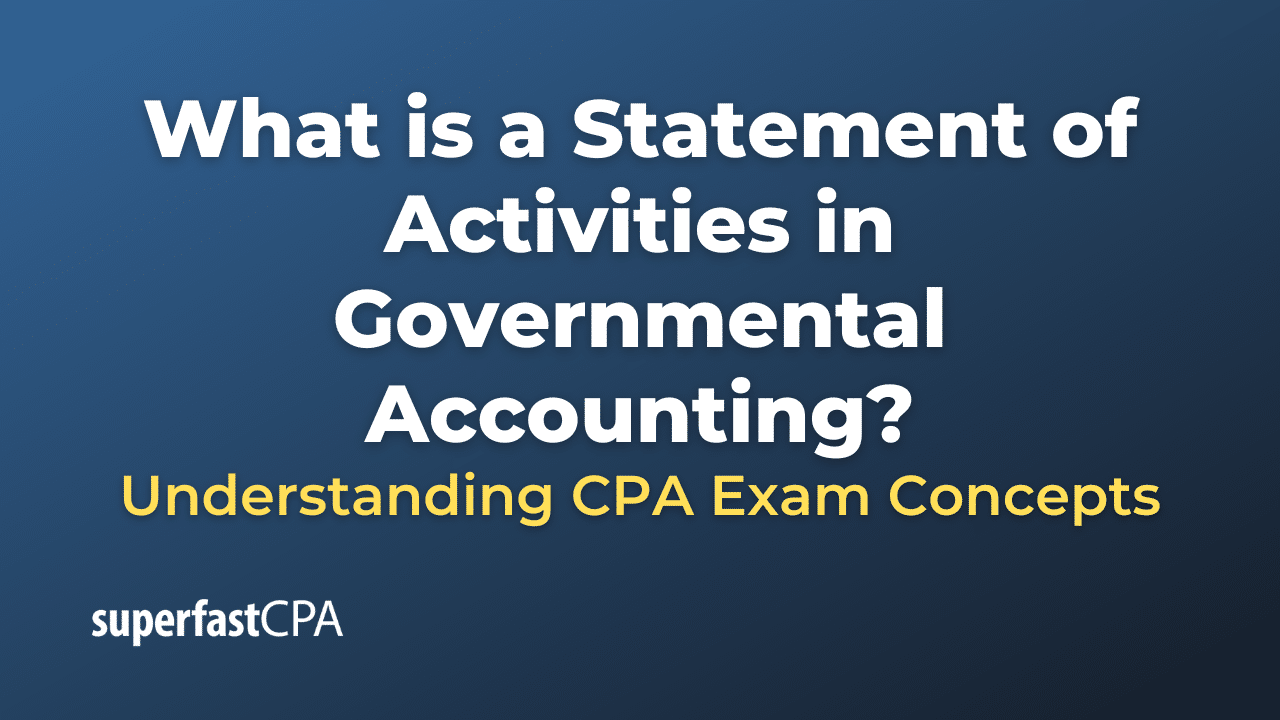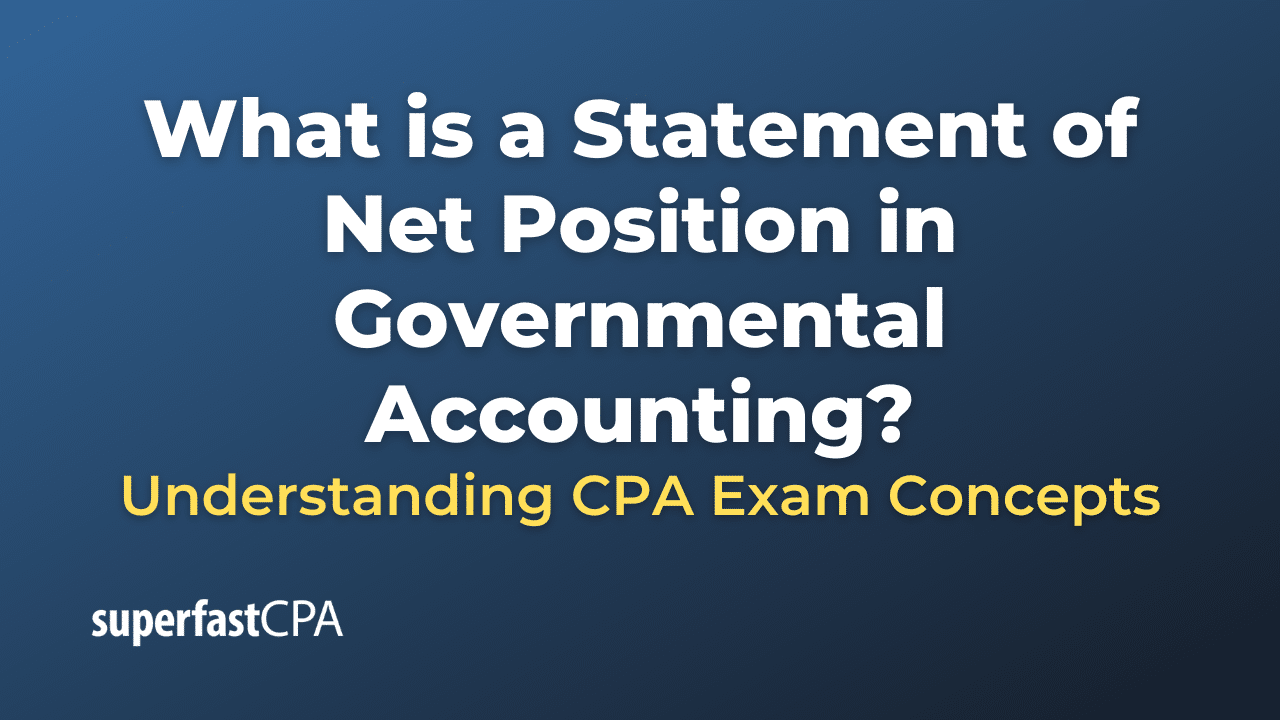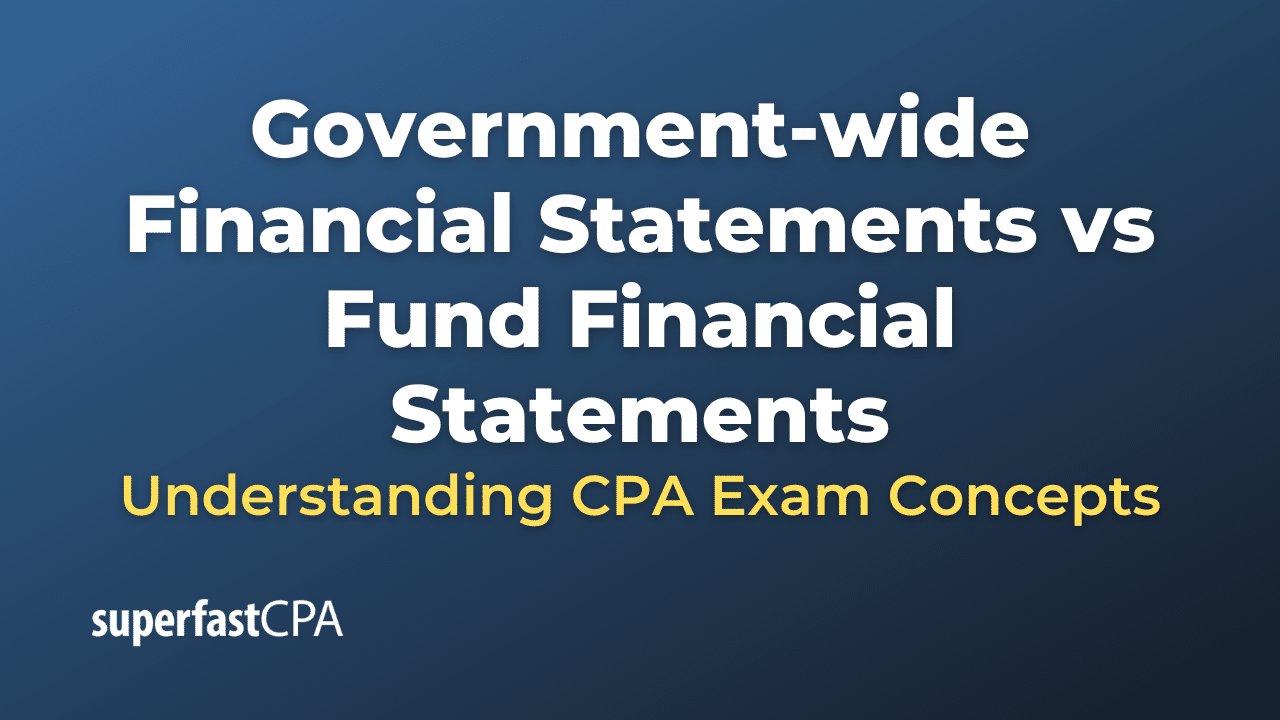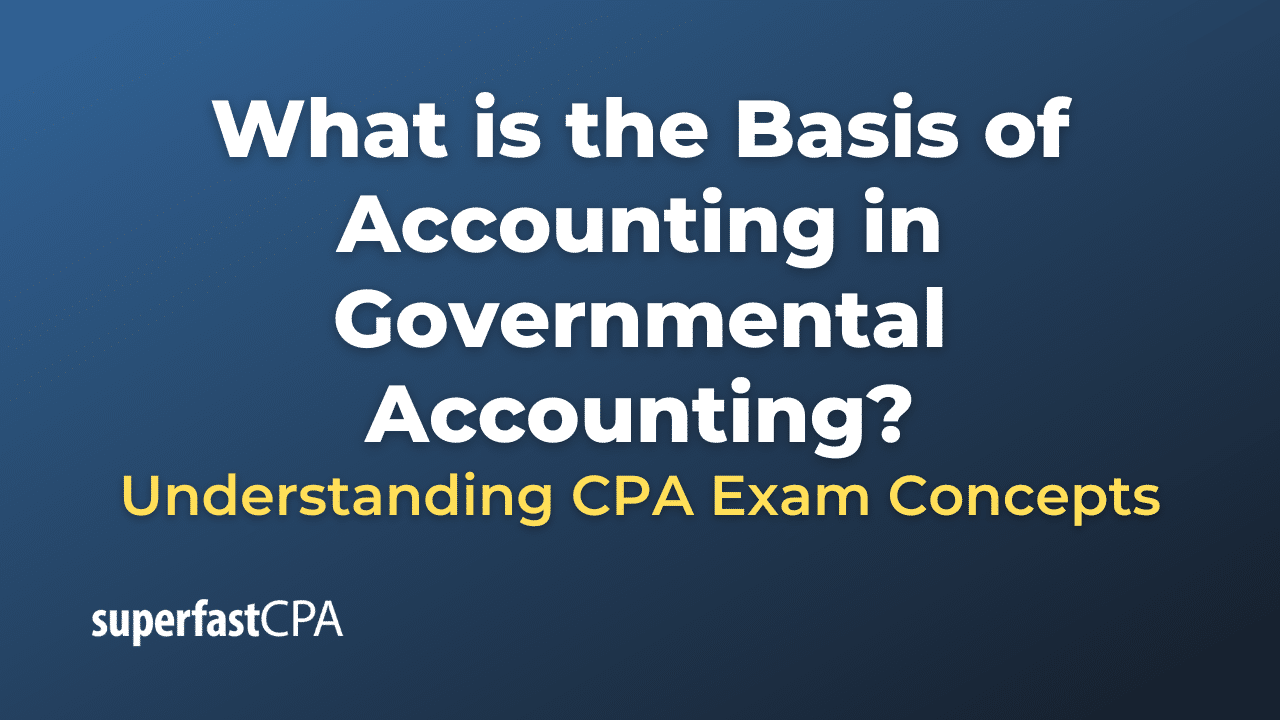Bonds Payable
Bonds payable is an accounting term that refers to the long-term debt issued by a corporation, government, or other organization that is recorded on the issuer’s balance sheet as a liability. These bonds are sold to investors, who lend money to the issuer in exchange for periodic interest payments and the promise of repayment of the principal amount upon maturity.
The key features of bonds payable include:
- Face value (par value): This is the principal amount of the bond that the issuer agrees to repay upon maturity. The face value is typically stated in increments of $1,000, although it can vary depending on the specific bond issuance.
- Coupon rate: This is the interest rate that the issuer agrees to pay on the bond’s face value. The interest is paid periodically, usually semiannually, to bondholders.
- Maturity date: This is the date on which the bond’s principal amount is due to be repaid to the bondholders. Bonds can have various maturities, ranging from short-term (less than three years) to long-term (over ten years).
- Bond indenture: This is a legal document that outlines the terms and conditions of the bond, including the payment schedule, covenants, and any special features such as call provisions or sinking funds.
On the issuer’s balance sheet, bonds payable are reported as a long-term liability, reflecting the issuer’s obligation to repay the principal amount and make interest payments over the life of the bond. The bonds payable account is typically adjusted over time to account for amortization of bond premiums or discounts, interest expense accruals, and principal repayments.
In summary, bonds payable represent long-term debt obligations of an organization, which are recorded on the balance sheet as liabilities. The issuer is required to make periodic interest payments to bondholders and repay the principal amount upon maturity.
Example of Bonds Payable
Let’s consider a hypothetical example of a corporation issuing bonds payable.
Suppose that ABC Corp., a manufacturing company, decides to issue 10-year corporate bonds to finance the construction of a new production facility. The details of the bond issuance are as follows:
- Face value: $1,000 per bond
- Coupon rate: 6% per annum, paid semiannually
- Maturity date: 10 years from the date of issuance
- Total bonds issued: 2,000 bonds
Upon issuing the bonds, ABC Corp. will receive a total of $2,000,000 in funds from investors (2,000 bonds x $1,000 face value). On its balance sheet, ABC Corp. will record this amount as bonds payable under long-term liabilities, reflecting its obligation to repay the borrowed funds in the future.
Throughout the life of the bonds, ABC Corp. will make semiannual interest payments to the bondholders. The interest payment for each bond can be calculated as follows:
Interest payment = Face value x Coupon rate x (Payment frequency)
Interest payment = $1,000 x 6% x (1/2) = $30
For the entire bond issuance, the semiannual interest payment will be:
Total semiannual interest payment = 2,000 bonds x $30 = $60,000
Over the 10-year life of the bonds, ABC Corp. will make regular interest payments totaling $1,200,000 ($60,000 semiannual payment x 20 periods). At the end of the 10-year period, when the bonds reach maturity, ABC Corp. will repay the principal amount of $2,000,000 to the bondholders, and the bonds payable will be removed from its balance sheet.
In this example, the bonds payable account reflects ABC Corp.’s long-term debt obligations arising from the issuance of corporate bonds. The company is responsible for making periodic interest payments to bondholders and repaying the principal amount upon maturity.

